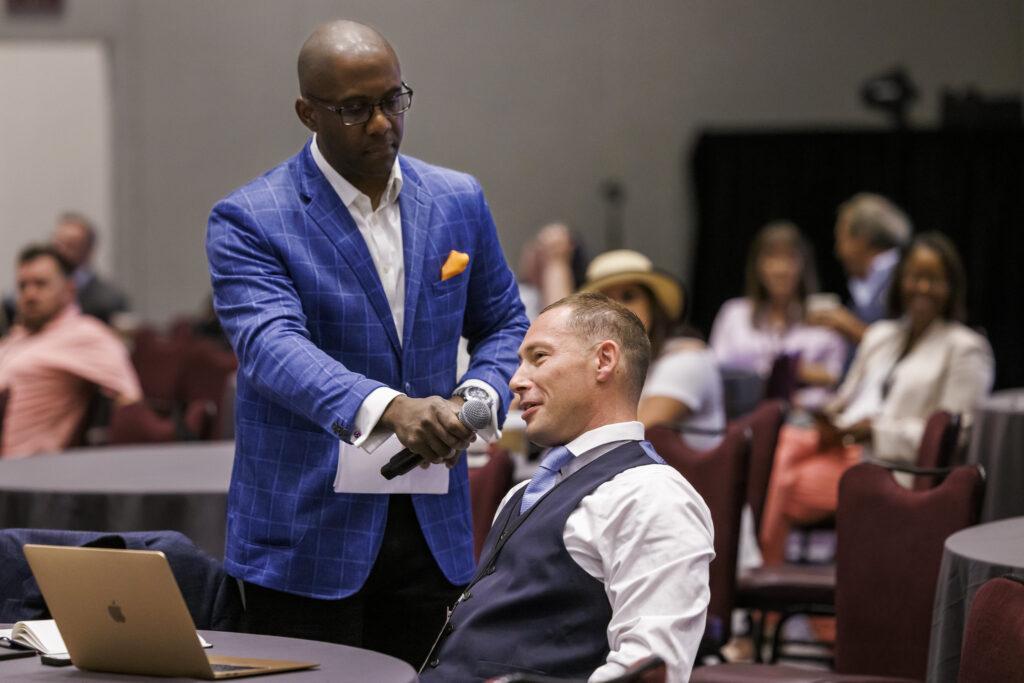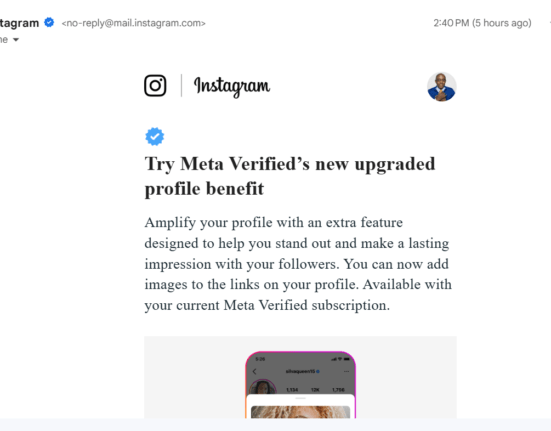Businesses must understand consumer behavior to stay relevant in the market. To stand out in their industries, they can analyze how people make buying decisions and create offers and marketing strategies that appeal to their target audience.
We’ll explore ten real-life examples of consumer behavior that illustrate various factors influencing consumer decisions.
Impulse Buying at Checkout Counters
Have you ever found yourself picking up a chocolate bar, a magazine, or a small gadget while waiting in line at the checkout counter? That’s what impulse buying is about. Most times, retailers strategically place enticing items near the checkout area to tempt consumers into making unplanned purchases.
Impulse buying is driven by many factors, including convenience, temptation, and the desire for instant gratification. However, impulse buying can result in post-purchase regret, especially when it happens with the same brand or product.
As a marketer, you may consider tailoring your campaign to address this and perhaps change their perspective of the product. Although sales are important, how your customers perceive your products is equally important.
Brand Loyalty and Repeat Purchases
Many consumers stay loyal to familiar brands when buying products. They consistently choose the same brand or product over competitors.
Some common reasons for brand loyalty include:
- Positive past experiences
- Perceived quality
- Emotional connections with the brand
Companies like Apple, Nike, and Starbucks have cultivated loyal customer bases who repeatedly purchase their products, even at higher price points.
Read: How to Keep Customers Happy and Loyal
Peer Influence and Social Conformity
Younger consumers are often influenced by their peers and social circles when making purchasing decisions. The desire to conform to group norms or gain social acceptance can drive individuals to buy certain products or brands that are popular among their peers.
We see this behavior commonly observed in fashion trends, technology gadgets, and lifestyle choices.
Environmental Consciousness and Sustainable Consumption
Many consumers are willing to spend more to protect the environment. People now make conscious efforts to reduce their environmental impact through their purchasing decisions. This has led to a rise in demand for eco-friendly products, sustainable packaging, and responsible business practices.
Companies like Patagonia, TOMS, and Seventh Generation have capitalized on this consumer behavior by promoting their sustainability initiatives.
Nostalgic Purchases and Emotional Connections
Nostalgia plays a powerful role in consumer behavior. Many individuals often seek to recapture fond memories or emotional connections through their purchases. This can be seen in the popularity of retro products, vintage clothing, or even the resurgence of classic brands from one’s childhood.
Companies like Polaroid and Nintendo have successfully tapped into this consumer behavior by reviving iconic products from the past.
Convenience and Time-Saving Choices
Consumers are increasingly prioritizing convenience and time-saving solutions. This has increased the growth of on-demand services like food delivery apps, ride-sharing platforms, and subscription-based services. In other words, services that cater to consumer desires for efficient and hassle-free experiences.
Companies like Amazon, Uber, and Netflix have capitalized on this consumer behavior by offering convenient and time-saving solutions.
Influencer Marketing and Social Media Trends
Social media and influencer marketing have become powerful drivers of consumer behavior, especially among younger generations.
Many consumers make purchasing decisions based on recommendations or endorsements from influential individuals or social media personalities. As a result, the influencer marketing industry has risen. Brands now collaborate with influencers to promote their products or services.
Read: How To Hire an Influencer to Market Your Business
Fear of Missing Out (FOMO)
The fear of missing out (FOMO) is a psychological phenomenon that drives consumer behavior, particularly regarding experiences and events.
Many young consumers may make impulsive purchases or engage in activities out of fear of missing out on something exciting or popular.
You will find more of this behavior in the travel, entertainment, and event industries, where limited-time offers or exclusive experiences can trigger FOMO among consumers.
Read: 12 Consumer Behavior Trends To Watch Out for in 2024
Experiential Consumption and Memorable Experiences
In recent years, there has been a shift towards experiential consumption, where consumers prioritize memorable experiences over material possessions.
Creating memorable experiences has led to the growth of industries like travel, adventure tourism, and immersive entertainment. Companies like Airbnb and Disney have capitalized on this consumer trend by offering unique and memorable experiences to their customers.
Read: Proven Strategies on How to Keep Customers Satisfied
Online Reviews and Social Proof
Many consumers, young and old, heavily rely on online reviews and social proof when making purchasing decisions. Positive reviews, ratings, and recommendations from other consumers can significantly influence consumer behavior. This is because people seek validation and reassurance before committing to a purchase.
Companies like Amazon, Yelp, and TripAdvisor have built successful businesses by leveraging this consumer behavior and providing platforms for reviews and social proof.
Conclusion
These examples of consumer behavior show the diverse factors that influence consumer decisions. They highlight the importance of understanding consumer behavior for businesses to succeed in their industry.
Therefore, analyzing and adapting to these consumer behaviors help businesses develop more effective products, marketing strategies, and overall business approaches that resonate with their target audience and drive long-term success.
Related Posts:








